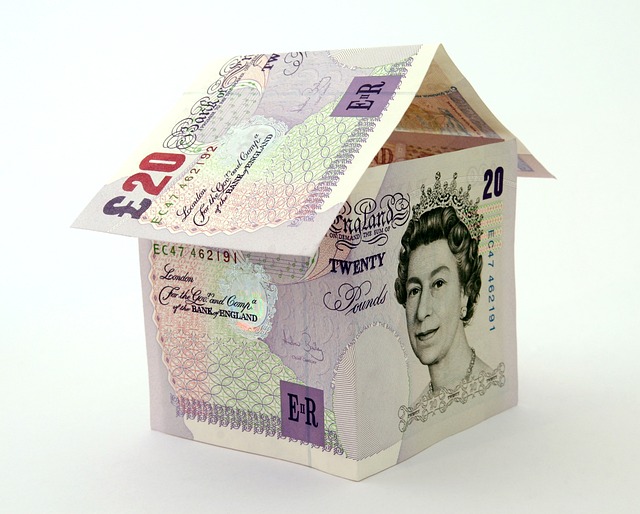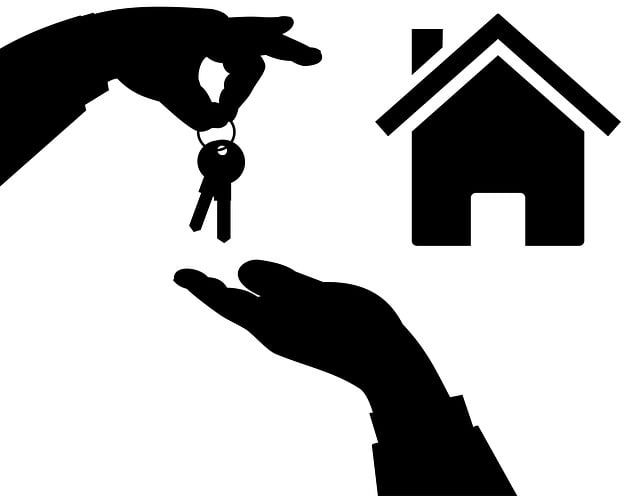In real estate, Comparable Market Analysis (CMA) is a vital process using recent sales data from similar homes to accurately value properties. Professionals gather data from local databases, MLS listings, and public records, considering location, size, age, condition, and unique features. This analysis aids in setting listing prices, negotiating offers, and ensuring fairness in the dynamic market, leveraging software and algorithms for precise evaluations.
Professionals in real estate rely on comparable home price analysis to accurately assess property values. This critical process involves a deep understanding of market dynamics and local trends. By examining similar properties sold recently, agents can determine a home’s worth. In this article, we’ll explore the step-by-step process, key factors considered, and advanced data tools used to ensure precise real estate valuations.
Understanding the Process of Comparable Home Price Analysis in Real Estate

In real estate, assessing comparable home prices is a fundamental process for valuing properties accurately. It involves a meticulous analysis of recent sales data for similar homes within the same or nearby areas. Professionals consider factors like location, size, age, condition, and unique features to identify the most relevant comparisons. This method, known as Comparable Market Analysis (CMA), provides an unbiased estimate of a property’s value, aiding buyers, sellers, and agents in making informed decisions.
The process begins with gathering data from multiple sources, including local real estate databases, MLS (Multiple Listing Service) listings, and public records. Once collected, these data points are meticulously evaluated to ensure accuracy and relevance. By comparing these comparable homes, professionals can determine the average selling price per square foot, assess market trends, and account for any seasonal variations or unique neighborhood dynamics. This analysis becomes a crucial tool in setting appropriate listing prices, negotiating offers, and ensuring fair transactions within the dynamic real estate market.
Key Factors Used by Professionals to Assess Home Values

Professionals in real estate assess home values using a multitude of factors that go beyond simply squaring footage and counting bedrooms. They begin by analyzing market trends, considering recent sales data for similar properties within the immediate area. This includes examining both sides of the market—not just homes that sold at a premium but also those that went at a discount—to establish a balanced understanding of the neighborhood’s dynamic.
Other key factors include the condition and age of the property itself. Professionals evaluate everything from the quality of construction to recent renovations, factoring in elements like roof, plumbing, electrical systems, and overall upkeep. They also consider the amenities and features unique to the home, such as a pool, garage space, or scenic view, which can significantly impact its market value. Additionally, location plays a pivotal role; proximity to schools, parks, shopping centers, and public transport hubs often boosts a property’s appeal and desirability.
Utilizing Data and Tools for Accurate Comparable Price Evaluations

In the realm of real estate, accurate comparable price evaluations are paramount for professional appraisals. Professionals rely on a multifaceted approach, leveraging data and advanced tools to ensure precise assessments. They commence by amassing extensive data on recent property sales within the vicinity, meticulously scrutinizing factors such as location, size, features, and market conditions that influence prices. This foundational step allows them to establish a robust baseline for comparison.
Complementing data analysis are sophisticated software applications designed specifically for real estate valuation. These tools employ algorithms and machine learning models to cross-reference property details with broader market trends, providing granular insights into price movements. By integrating both qualitative data from analyses and quantitative data from these tools, professionals can deliver highly accurate appraisals that resonate within the market context.






